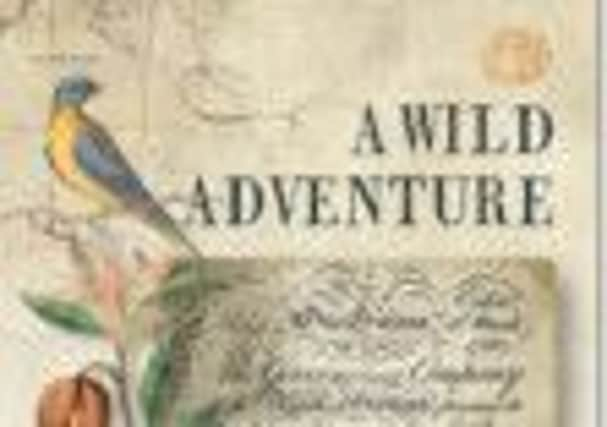Book review: A Wild Adventure by Tom Pow


A Wild Adventure Tom Pow
Polygon, 112pp, £12.99
In his latest collection – a beautifully produced book based on the life of Thomas Watling, a Dumfries artist and forger who died 200 years ago this year – all three fuse together perfectly.
Pow has been intrigued by Watling for more than a quarter of a century, and it’s not hard to see why. In one poem, he imagines Watling, back in Dumfries and remembering New South Wales, where he was transported for forgery in 1791, as he looks over his native town:
The candles, the dying hearths, the new bridge
Arching darkly over the frozen Nith
And takes from his coat pocket, between thumb
And forefinger, a few odourless crumbs.
Only his memories, unlike a lick
Of these once sharp leaves of eucalypts, stick
Advertisement
Hide AdWhen he was in Australia, Watling was the first Briton to draw the flora and fauna of this new, strange, penal continent, or to portray the aborigines without caricaturing racism. That alone makes him fascinating, but beyond that, Pow conveys a sense of what life must have been like in the embryonic convict colony, and points out how much it cost to pay one’s fare back (about £60,000 in today’s money). Relatively few Scots were transported to Australia (just 4 per cent in the first years); fewer still, like Watling, returned.
Already, then, this man, standing overlooking Dumfries’s new bridge begun in the year he made his journey to the antipodes (Burns died in the same town in the same year: did they know each other?) is exceptional. Which of his contemporaries could possibly imagine what he had seen and felt in a country that might as well have been planets away? All this, Pow reminds us, at a time when “For most their world begins to slip/From them when one hard day of walking’s through.”
Pow is keen that his readers, too, share his own sense of wonder at Watling’s life, so the poem I’ve quoted from begins with a reference to the scene in the film Local Hero in which the Houston oilman reaches into his pockets and finds a handful of shells from Scotland. That’s the old teacher in Pow, the communicator of ideas, the enthusiast who is going to drag in a host of images from our own world to add to this exquisite portrait of the one in which Watling and his colleagues were reluctantly scratching out a kind of civilisation in an untamed continent. That’s why he will give us the image of a freak snowfall sizzling onto suburban barbecues on Sydney Cove’s unbuilt streets, make comparisons between the new colony and the gulag, and why, back in Dumfries, Watling’s aunt “turns to the calumny of Neighbours” – locals badmouthing her nephew for forging guinea notes rather the inhabitants of Ramsay Street.
Yet look again at Pow’s Watling. For all the accretion of detail (the eucalyptus leaves in the pocket etc), for all Pow’s reaching across time and space to illuminate his subject, he is still a shadowy figure, an accused counterfeiter even on his return to Scotland.
The whole point about Watling is that, apart from his paintings, we know little about the man himself. It’s through his work as an artist, not the letters he wrote home to his aunt, that we get closest to him. Because out there in the new colony, this counterfeiter was doing something completely original – trying, for example, to get down in paint some likeness of the spiny anteater (echidna). Pow notes that Watling’s paintings of such animals lack the vivacity of his paintings of birds
The truly new is hard to paint.
Echidna, kangaroo. The line is faint.
We hear your stammers, your attempts to speak.
Tightly wrapped into couplets, these poems about discovery – the discoveries we can see in the accompanying illustrations of Watling’s art – are beautifully crafted. Pow’s own discovery of Watling is no less wonderfully realised, fusing past and present in a work of work of imagination and empathy that does full justice to his fascinating subject.